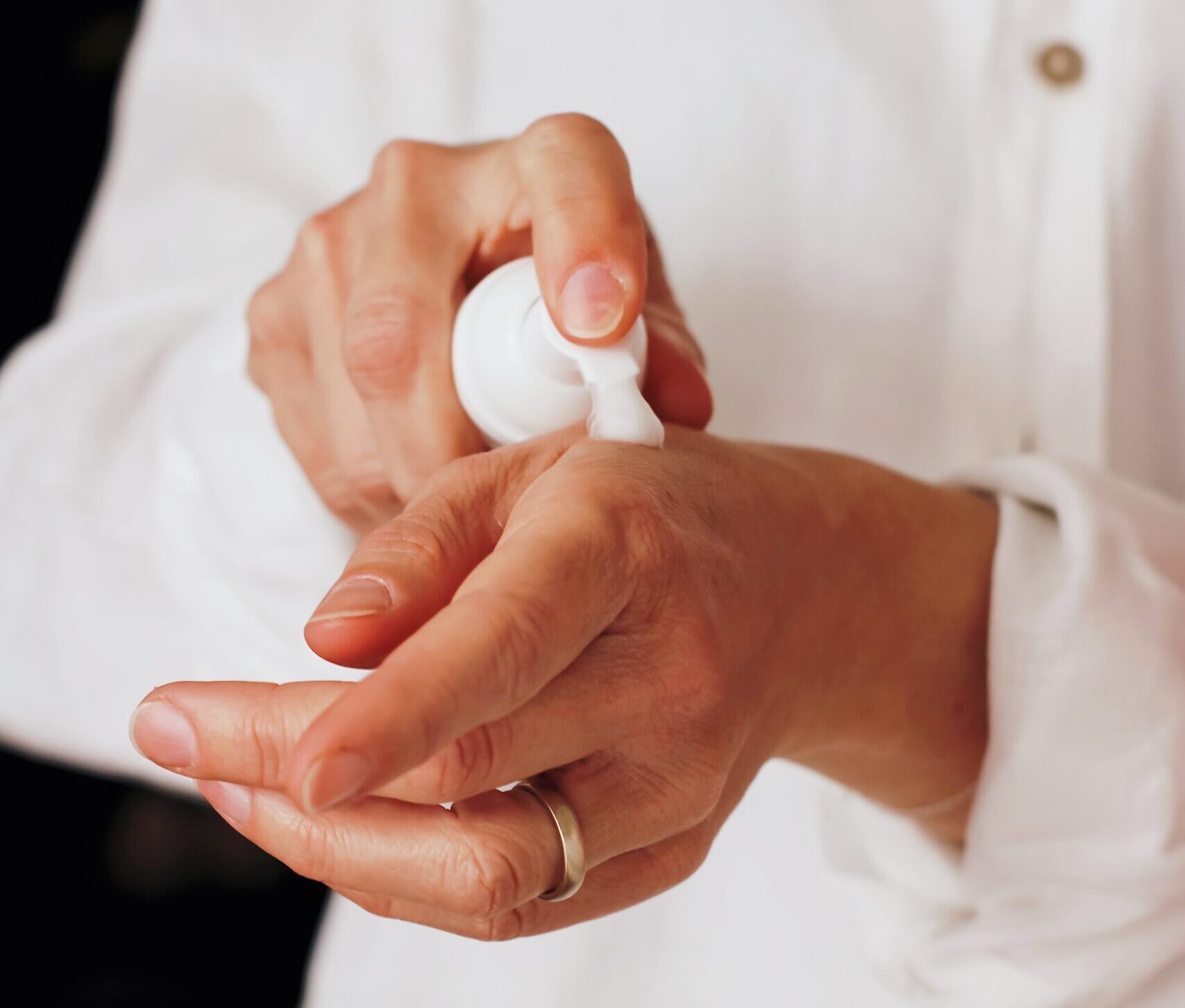ENDOCRINE DISRUPTOR AND EU LEGAL FRAMEWORK
Endocrine disruptors are chemical substances of synthetic or natural origin that adversely affect the health of people and animals by altering the functioning of the endocrine system. The EU legislation broadly accepts the definition of endocrine disruptors used by the International Programme on Chemical Safety/World Health Organization (IPCS/WHO). It is the basis for the criteria used to identify endocrine disruptors under the Plant Protection Products Regulation and Biocidal Products Regulation.
Since the 1990’s, there has been a growing concern on endocrine disruptors. Significant progress in understanding and regulating endocrine disruptors has been made. In fact, the EU has been recognized as one of the global leaders in dealing with these chemicals, as well as being among the most protective legislations in the world.
There are sector-specific regulations and consequently different regulatory approaches to managing the risks posed by endocrine disruptors. In order to make sure that the EU legislation is coherent in this area and whether the legislation is effective at the protection of human health and the environment (identifying and minimizing exposure to these chemicals), the Fitness Check on endocrine disruptors was developed by the European Commission.
Although the Commission does not have specific provision on endocrine disruptors, it provides a regulatory framework with the aim to ensure a high level of protection of human health (European Cosmetics Regulation No. 1223/2009). The EU approach is based on high-level scientific advice from the relevant EU risk assessment bodies, like the European Chemicals Agency (ECHA), the European Food Safety Authority (EFSA) or the Scientific Committee on Consumer Safety (SCCS).
The Cosmetics Regulation lays down a system of restrictions and bans on the use of certain substances in cosmetics based on a scientific risk assessment carried out by the SCCS, in order to address potential risks for human health. Concerns regarding endocrine-disrupting properties of substances (used in cosmetics) are also addressed in the SCCS’ risk assessment.
In early 2019, a priority list of 28 potential endocrine disruptors (not already covered by the bans of cosmetic regulation) was established by the Commission. From these 28 substances, 14 were considered as higher priority (Group A) and the other 14 were included in the low priority group (Group B).
The substances included in Group B were ingredients that were not undergoing substance evaluation under REACH or that its substance evaluation showed that it only raises environmental concern (not a human health one). In this Group were also included substances that have been recently evaluated by the SCCS and found safe and/or substances that have been recently classified as CMRs under CLP (where corresponding risk assessment/management measures are in place to prohibit/restrict their use in cosmetic products).
EUROPEAN COMMISSION CALL FOR DATA ON 10 INGREDIENTS
The European Commission has called for data on ingredients with potential endocrine-disrupting properties used in cosmetic products. The Commission invited any interested parties (academic and other research institutes, EU countries’ authorities, manufacturers, producers of the substances, consumers associations) to submit any scientific relevant information on the following substances:
- Butylparaben (CAS No: 94-26-8)
- Methylparaben (CAS No: 99-76-3)
- Ethylhexyl Methoxycinnamate (EHMC)/Octylmethoxycinnamate (OMC)/Octinoxate (CAS No: (5466-77-3/-/83834-59-7)
- Benzophenone-1 (BP-1) (CAS No: 131-56-6)
- Benzophenone-2 (BP-2) (CAS No: 131-55-5)
- Benzophenone-4 (BP-4) (CAS No: 4065-45-6)
- Benzophenone-5 (BP-5) (CAS No: 6628-37-1)
- BHA/Butylated hydroxyanisole/tert-butyl-4-hydroxyanisole (CAS No: 25013-16-5)
- Triphenyl Phosphate (CAS No: 115-86-6)
- Salicylic Acid (CAS No: 69-72-7)
A period of consultation for all substances, except Butylparaben, was set from 15 February to 15 November 2021. For Butylparaben the period of consultation began at the same date but ended on July 15th (2021). Last year, this last ingredient has been included in the Candidate List of Substances of Very High Concern (SVHCs) and, consequently, it is a more ‘urgent’ ingredient to be evaluated. See our previous post for more information.
The relevant scientific data requested may include data regarding all physicochemical properties, toxicokinetic and toxicological endpoints, assessment of exposure through consumer products and/or an indication of the suggested safe concentration limits for the substances listed in Group B. The data submitted should be in line with the SCCS notes of Guidance (10th revision).
After receiving sufficient data, the Commission will request the SCCS to evaluate the substances without delay. In accordance to the SCCS opinion, the Commission will take appropriate action to prohibit or restrict the use of the different ingredients in cosmetic products.
If you have any question regarding this or other subjects related to the EU Cosmetic Regulation, do not hesitate to contact us at info@criticalcatalyst.com.
References:
- Regulation (EC) No 1223/2009 of the European Parliament and of the Council of 30 November 2009 on cosmetic products
- Communication from the Commission to the European Parliament, the Council, the European Economic and Social Committee and the Committee of the Regions; Towards a comprehensive European Union framework on endocrine disruptors. European Commission. Brussels, 7.11.2018. Available at: https://eur-lex.europa.eu/legal-content/EN/TXT/?qid=1553707706598&uri=CELEX:52018DC0734
- Report from the Commission to the European Parliament, the Council and the European Economic and Social Committee, in accordance with Article 138(7) of REACH to review if the scope of Article 60(3) should be extended to substances identified under Article 57(f) as having endocrine disrupting properties with an equivalent level of concern to other substances listed as substances of very high concern. European Commission. Brussels, 20.12.2016. Available at: https://eur-lex.europa.eu/legal-content/EN/TXT/PDF/?uri=CELEX:52016DC0814&from=EN
- Call for data on ingredients with potential endocrine-disrupting properties used in cosmetic products. European Commission. 2019. Available at: https://ec.europa.eu/growth/content/call-data-ingredients-potential-endocrine-disrupting-properties-used-cosmetic-products_en















